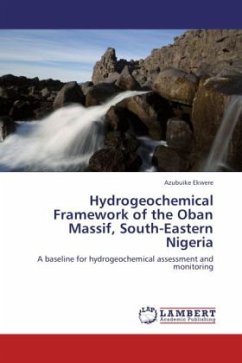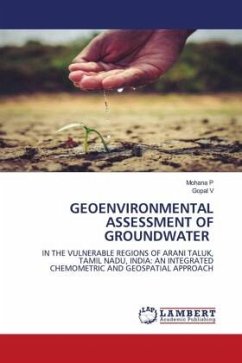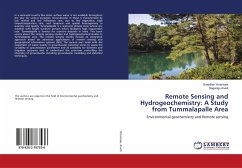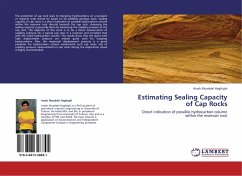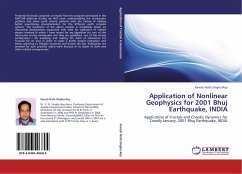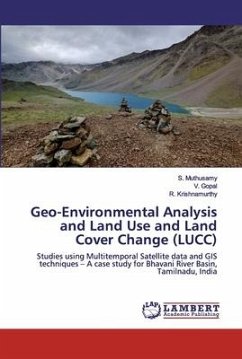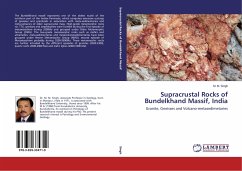
Supracrustal Rocks of Bundelkhand Massif, India
Granite, Gneisses and Volcano-metasedimetaries
Versandkostenfrei!
Versandfertig in 1-2 Wochen
30,99 €
inkl. MwSt.

PAYBACK Punkte
15 °P sammeln!
The Bundelkhand massif represents one of the oldest nuclei of the northern part of the Indian Peninsula, which comprises extensive outcrop of gneisses and granitoids in association with meta-sedimentaries and meta-volcanics of older supracrustal mass. High-grade metamorphic rocks viz. TTG, gneisses and amphibolites were formed during the first episode of metamorphism during 3200Ma and grouped under Older Metamorphic Group (OMG). The low-grade metamorphic rocks such as mafics and ultramafics, meta-sedimentaries and metavolcanosedimentaries have been grouped under Newer Metamorphic Group (NMG), ...
The Bundelkhand massif represents one of the oldest nuclei of the northern part of the Indian Peninsula, which comprises extensive outcrop of gneisses and granitoids in association with meta-sedimentaries and meta-volcanics of older supracrustal mass. High-grade metamorphic rocks viz. TTG, gneisses and amphibolites were formed during the first episode of metamorphism during 3200Ma and grouped under Older Metamorphic Group (OMG). The low-grade metamorphic rocks such as mafics and ultramafics, meta-sedimentaries and metavolcanosedimentaries have been grouped under Newer Metamorphic Group (NMG), second episode of Metamorphism probably during 3200-2600Ma. These metamorphic rocks are further intruded by the different episodes of granites (2500-2300), quartz reefs (2300-2000 Ma) and mafic dykes (2000-1800 Ma).



